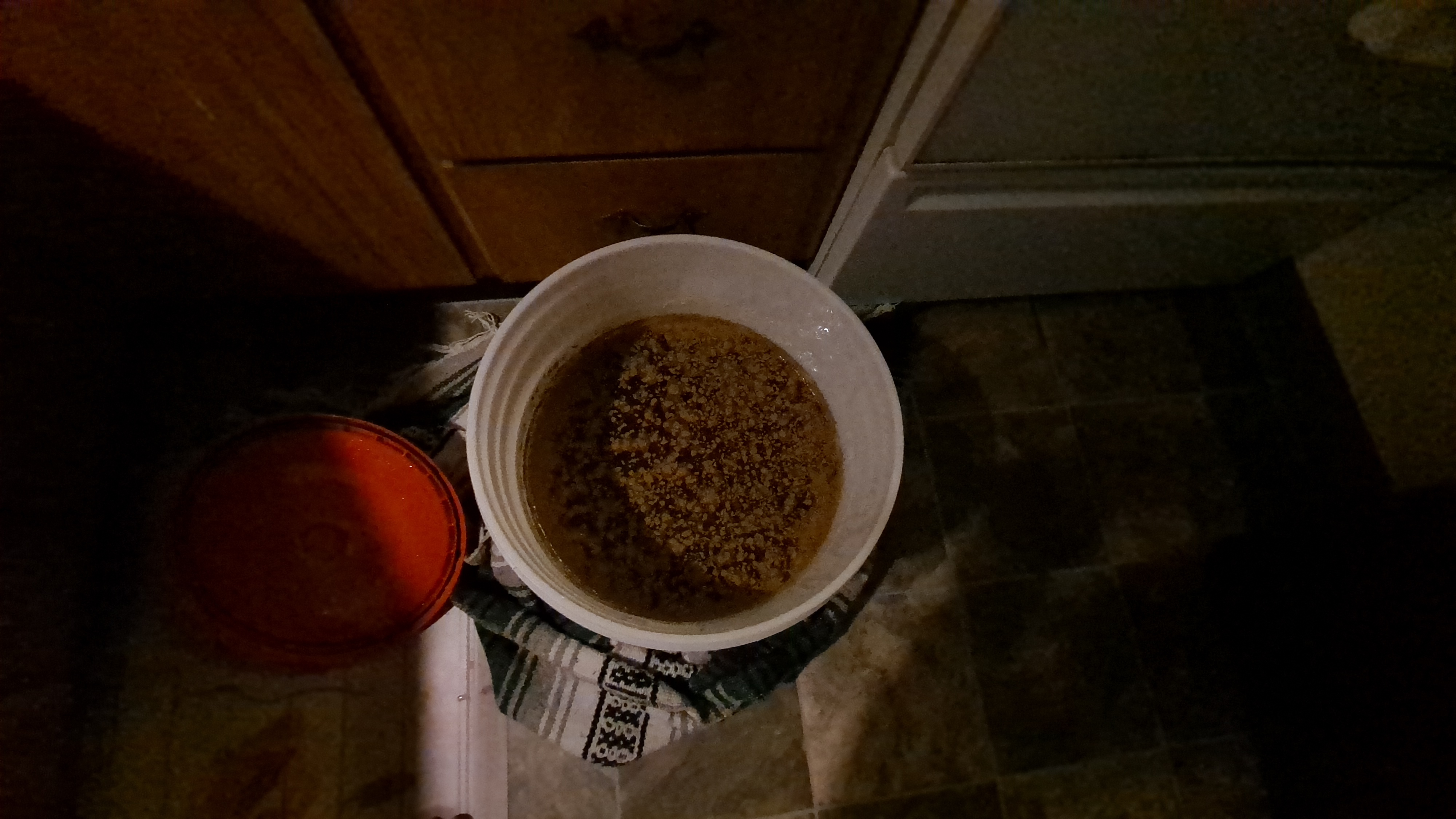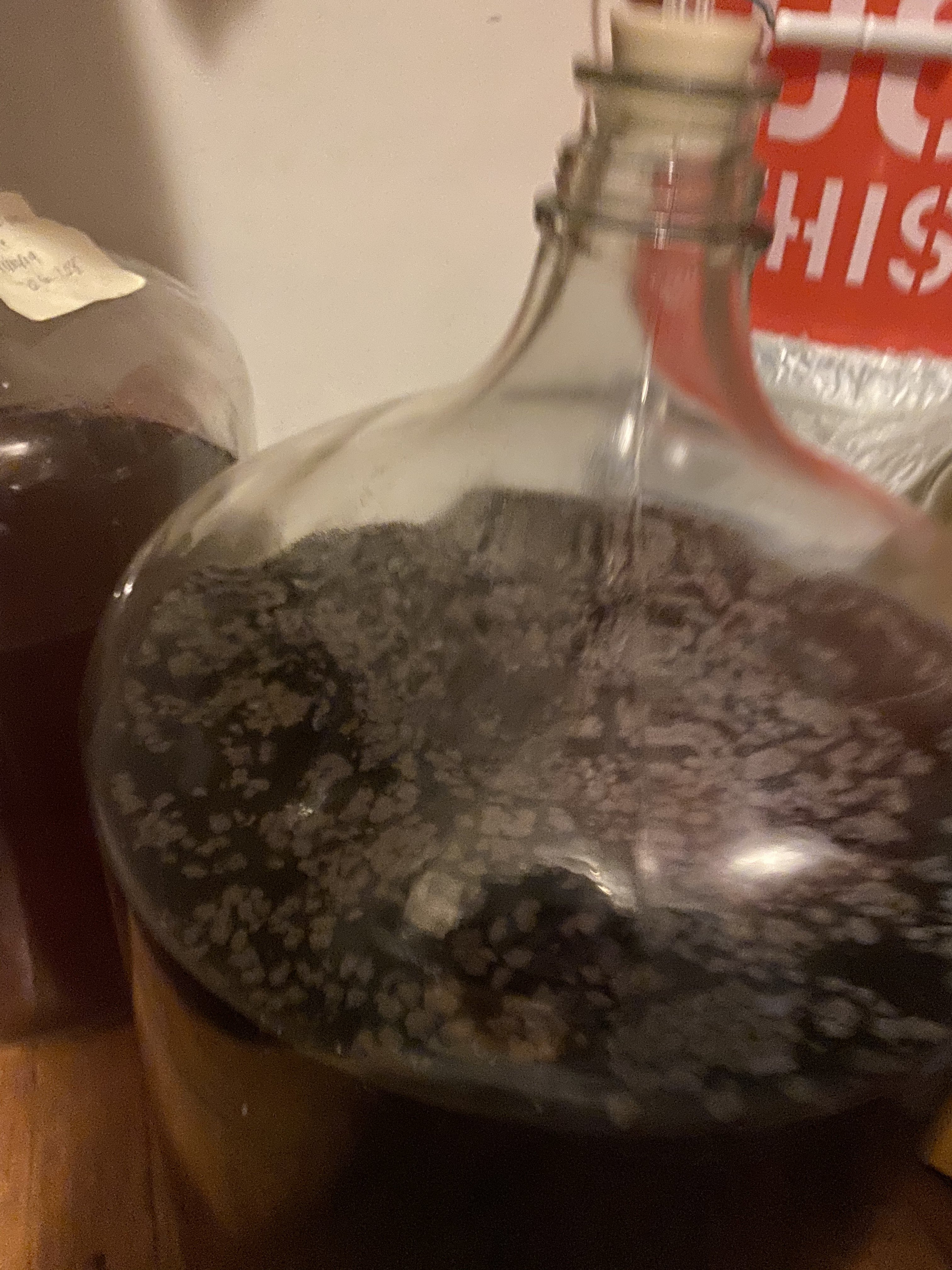ProFireStarter
Member
- Joined
- Jan 1, 2021
- Messages
- 11
- Reaction score
- 0
I'm new to brewing and this is my first batch. I'm not sure if I'm just psyching myself out or if its actually bad. I've looked and I've seen beer that was said is good, and beer that is said to be bad that looks just like mine.
Update: haven't tasted it yet as I'm only half way done with fermentation (day 7) but it doesn't smell bad. At least not to me

Update: haven't tasted it yet as I'm only half way done with fermentation (day 7) but it doesn't smell bad. At least not to me

Last edited:




































![Craft A Brew - Safale BE-256 Yeast - Fermentis - Belgian Ale Dry Yeast - For Belgian & Strong Ales - Ingredients for Home Brewing - Beer Making Supplies - [3 Pack]](https://m.media-amazon.com/images/I/51bcKEwQmWL._SL500_.jpg)





















